Trending
Opinion: How will Project 2025 impact game developers?
The Heritage Foundation's manifesto for the possible next administration could do great harm to many, including large portions of the game development community.
Some of the most simple yet powerful tips to improving as a Concept Artist, or as an Artist in general. This article also introduces you to some helpful Photoshop tools & plugins to make your life a little easier as a digital artist! (contains dank memes)

“Being an artist has always been more than just a skill or a talent to me; it’s about a certain mindset. Seeing the world and all its subtleties and intricacies, feeling an extended range of thoughts and emotions, spending time in your head fictional realms and scenarios, choreographing memories into works of art, being sensitive to the world around you, and having a strong sense of self and individuality – that’s what being an artist has been to me.” – Aaron Metallion (author)
Through all the years of self-learning, to eventually teaching art, and becoming a game developer (2D & 3D game artist, concept artist), there were some key lessons and thoughts that I took to heart; and though simple, it greatly impacted my growth as an Artist. But before we get into the core of this article, let’s look at the Psychology and Neuroscience behind the mind of an artist.
Our ability to imagine comes from what’s we call the “Mental Workspace”, a neural network involving several regions of the brain to manipulate and create forms, shapes, emotions, and 2D & 3D visualizations. In Gardner’s theory of multiple intelligences, this is termed as Visual-Spatial Intelligence or simply, being Picture Smart. We all have this powerful ability to imagine, which is why books for instance are popular, as they induce images in the minds of its readers. It is most strongly cultivated during adolosence and early teenages, but can continually be enhance even through adulthood by feeding it with data. Kids who grew up watching cartoons, anime, or playing games, are statistically most likely to be able to create works of fiction and fantasy. While those who grew up watching Drama or Sitcom would most likely have more developed empathy centers to imagine emotions, and social situations. This leads me into the first tip.
1. Practice doesn't always lead to perfection! (Study does!)
I often get told, 'you don't even practice, how do you even improve?!', the answer is study. Our imagination is modelled around the real world. The part of the brain that stores all this long-term source material is called the “Image Library”. In order to imagine fiction better, and create solid concepts, you need to cultivate this visual dictionary by feeding it data. Develop a habit of learning constantly until it becomes second nature to you; do this while doing about your day, while on social media, while playing games, watching your favorite shows, watching people, taking a walk or looking at someone else’s art. Your life is like a Pinterest board, each time you see something you like, such as the colors, the style, the composition, or lighting, just pin it! in your head! There’s something to learn from everything and everybody.
To furthur emphasize this point with an example, say you were asked to draw an anatomically correct arm, and for some reason due to lack of study you think an arm looks like a banana! So you draw out a banana, and tell yourself you're going to draw a hundred times and get better, and Bam! Hundred tries later, you got yourself a 4k banana, sure your technique has improved, but you still suck! *Laughter*.
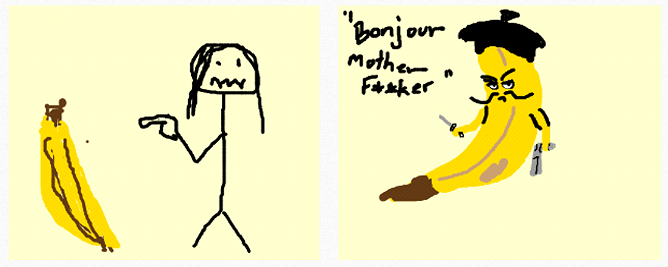
Instead, if you spent just 30 minuites studying the muscles and blocking out the simple shapes of the arm, the next time you drew a banana you'd keep working on it until it matched this newly aquired mental image in your head.
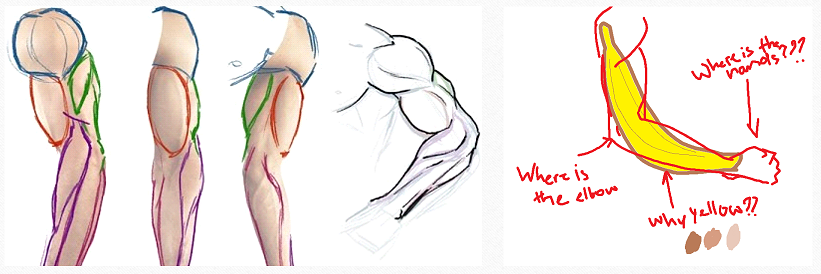
2. Work Iteratively
When I draw or paint, I like to paint in "passes". In the first pass of drawing line art for example, I capture the form, pose, or composition. Details are irrelevant here, instead of drawing hands and feet, draw socks and mittens. Even though your first pass might be the least detailed of them all, be sure to put the greatest effort into it. Once you are satisfied tone down the opacity and draw over it, progressively increasing your detail as you go. The same applied to traditional mediums start your drafts with a 7H light drafting pencil or a blue pencil, and gradually proceed to draw over with more contrast and detail. Or use flat colors on a canvas and proceeding highlights and shadows in the next pass, and greater detail with each coat of paint.
Memes aside, here's the line art stages from my painting "Soulmates (romantic)" (wip © 2017), notice the progression of detail with each pass.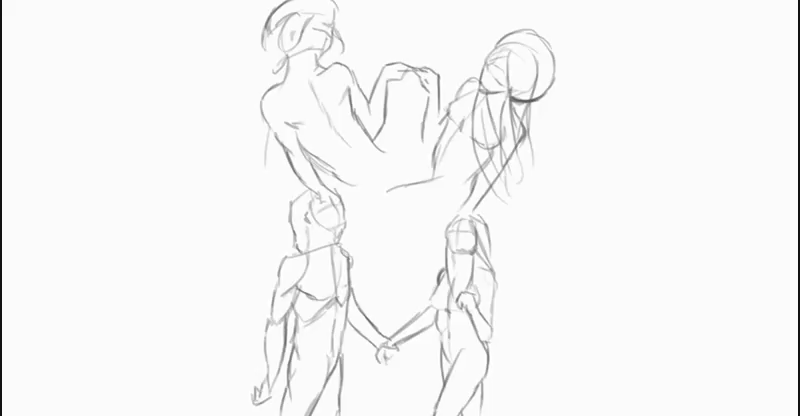
3. Detail will not compensate for bad Composition.
We're all a little tempted to hastily delving into detailing, shading, coloring, or high quality rendering, often times without pushing good composition. Detail will not compensate for bad composition! Try to take your time with the foundation, do several rough sketchies, thumbnail paintings, or rough action poses, and do not give into the urge to immediately detail and post process your artwork!
So say you draw this guy, and you tell yourself that once you’re done coloring, shading and detailing it, it’s going to look beautiful! But... sorry to break it to you </3... there's no fixing that lol... Nothing's going to fix that... This is why it always pays off to put time and patience into good composition, bases and poses!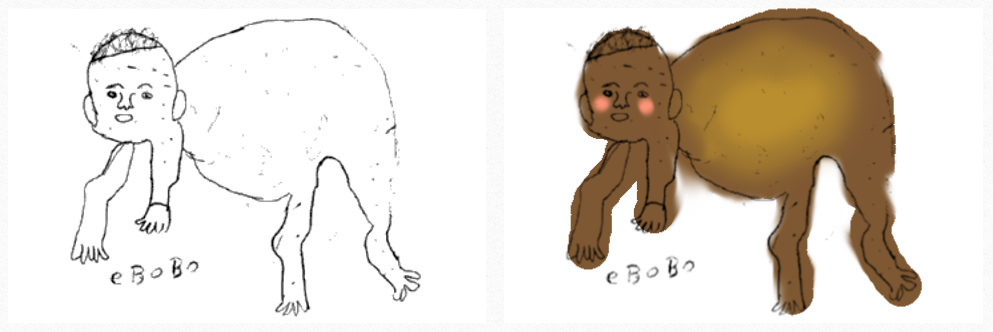
Here’s an example of thumbnail compositional sketches (done by: Amit Dutta, https://www.youtube.com/watch?v=E9zy0OOpT9o) . Starting out at a very low resolution with blocked out solid shapes, 5-6 layers, and simple fog to add depth in between these solid layers.

4. Moodboard Meditation
The next tip is what I personally like to call Moodboard Meditation. Go make some tea, or a warm cup of coffee, and spend 20-30 minutes scrolling through images that share your vision. Do this quickly, and take mental notes of bits and pieces that you admire in each of them: the colors, the style, the composition, the pose, the rendering, facial expressions, take little mental notes of its all. Do this practice before starting a painting and I guarantee that you will have better results by doing so!
For example, below I’ve created a Moodboard of a night time bedroom scene. Can you see something you like in each of them?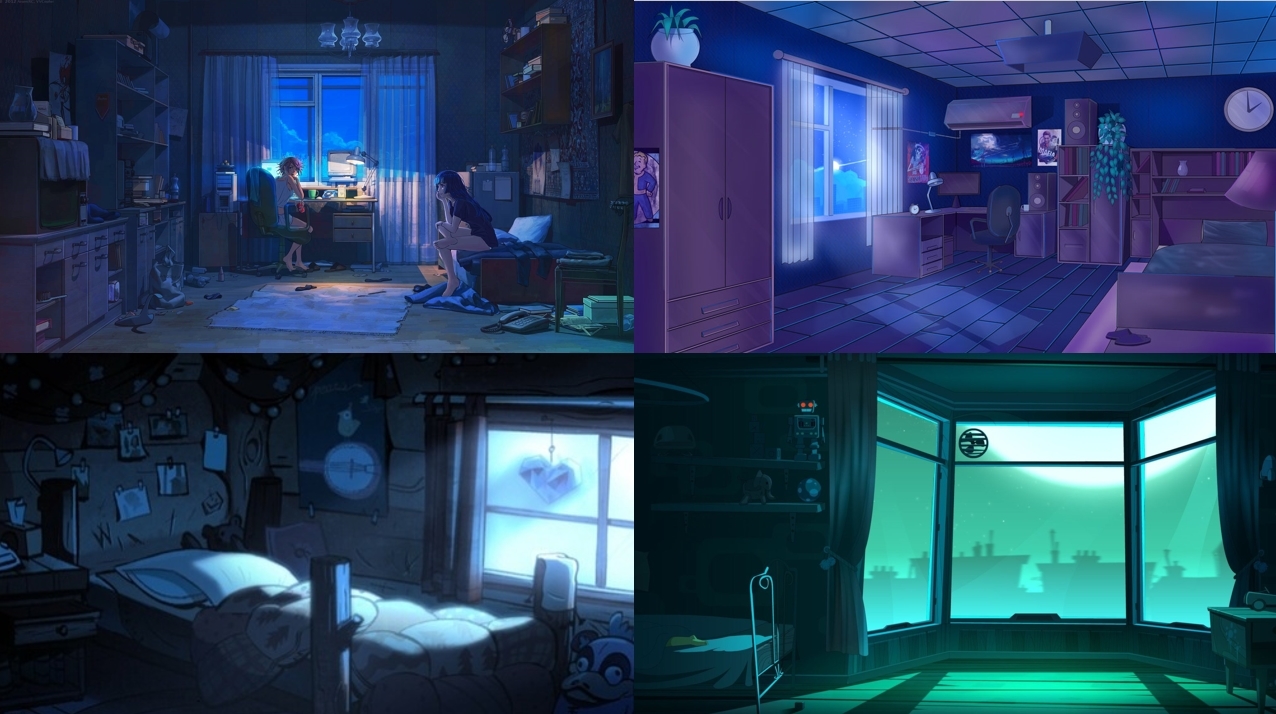
5. Tools and Plugins!
Learn to work smarter and more efficiently! In the game industry, you’re required to produce concepts quickly. A lot of concepts are rejected, and new ideas need to replace them. It is important to be effecient as a concept artist, and the following tools and plugins will make your life so much easier! Note that all plugins are for Adobe Photoshop CS6, and most of them are paid software.
Colorus Pro: One of the best color wheel plugins I've used for Photoshop. Easily toggle between swatches, complmentary, analagous, tertiary and other color schemes. Link: https://coolorus.com/
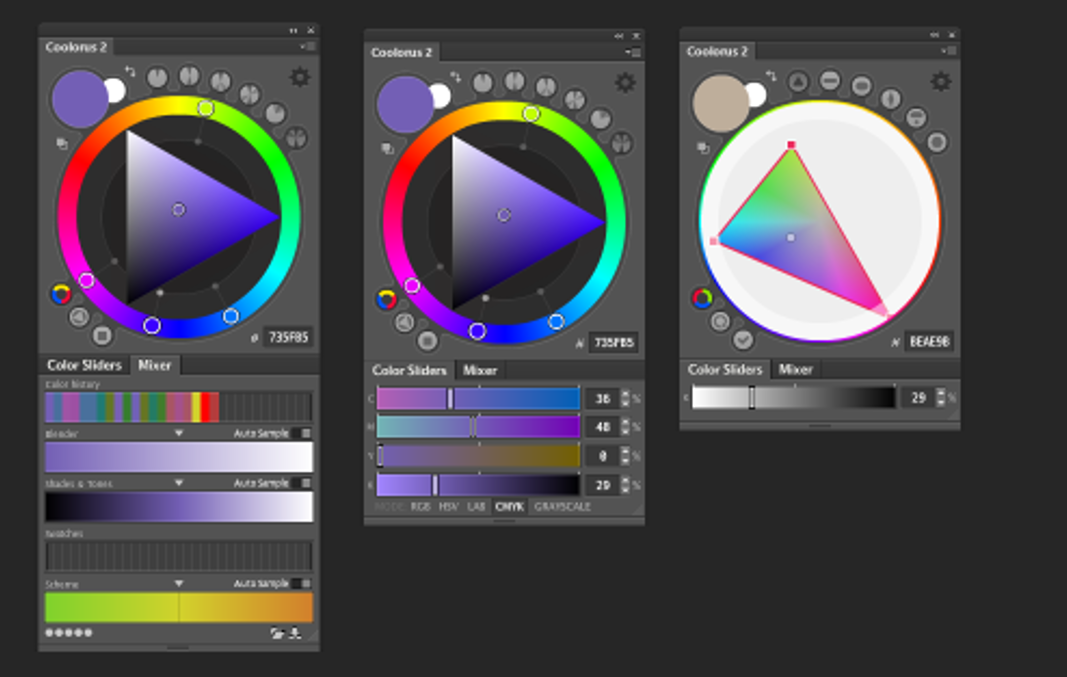
Lazy Nezumi Pro: Every wondered how anime or manga always got their lines so smooth and clean? The answer is Lazy Nezumi Pro! A plugin for photoshop that creates a trailing spline that helps create insanely smooth line work! The plugin also has various geometrical and perspective modes. On a side note, Paint Tool SAI has this tool availble for free, so you could always do your line work in one software, and color in another. Link: https://lazynezumi.com/
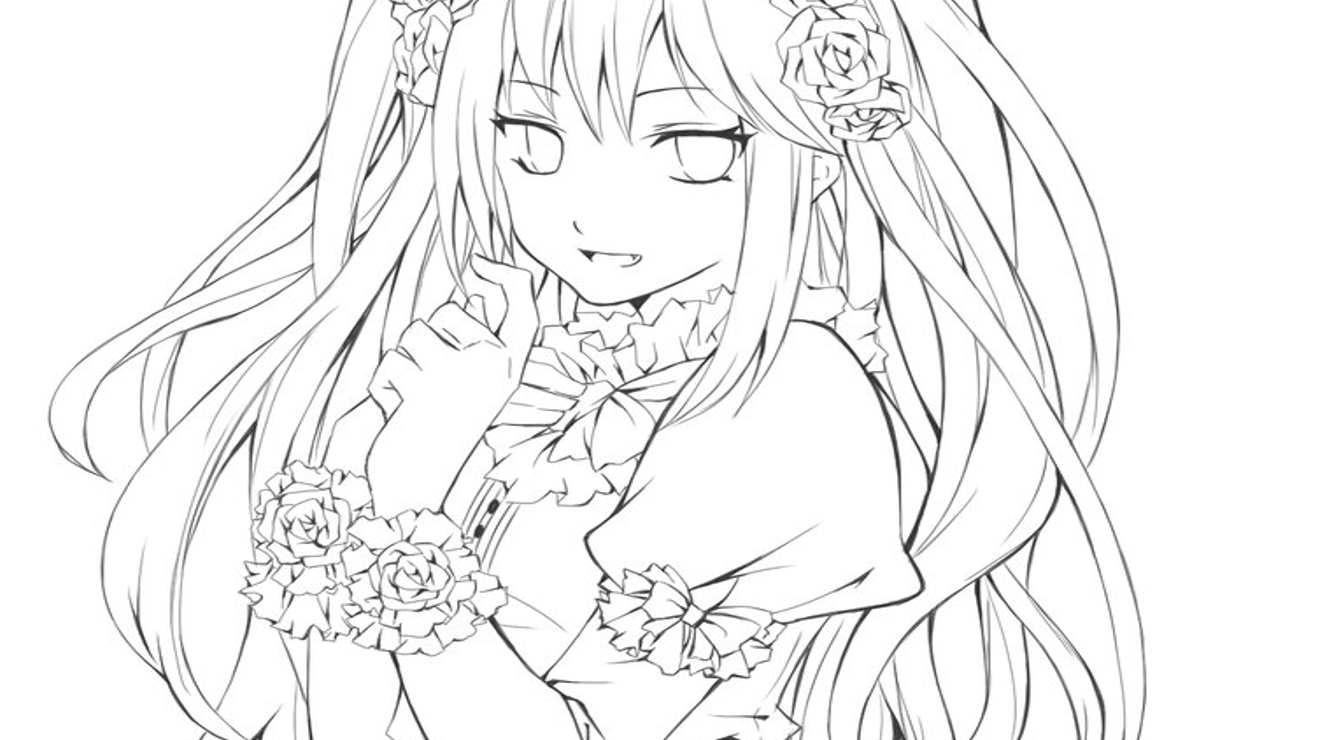
Body-Chan & Body-Kun (by Bandai): This is a must have for character and figure drawing artists. These anime style flexable art models allow you to create an infinate amount of action poses, as well as swap out hands (grey version), utilize props, and the model's stand to pose the figure however you'd like, even midair! A little pricy, but a worthy investment! Link: https://www.otakubowl.com/products/body-kun-body-chan-manga-drawing-figure?variant=32157930179
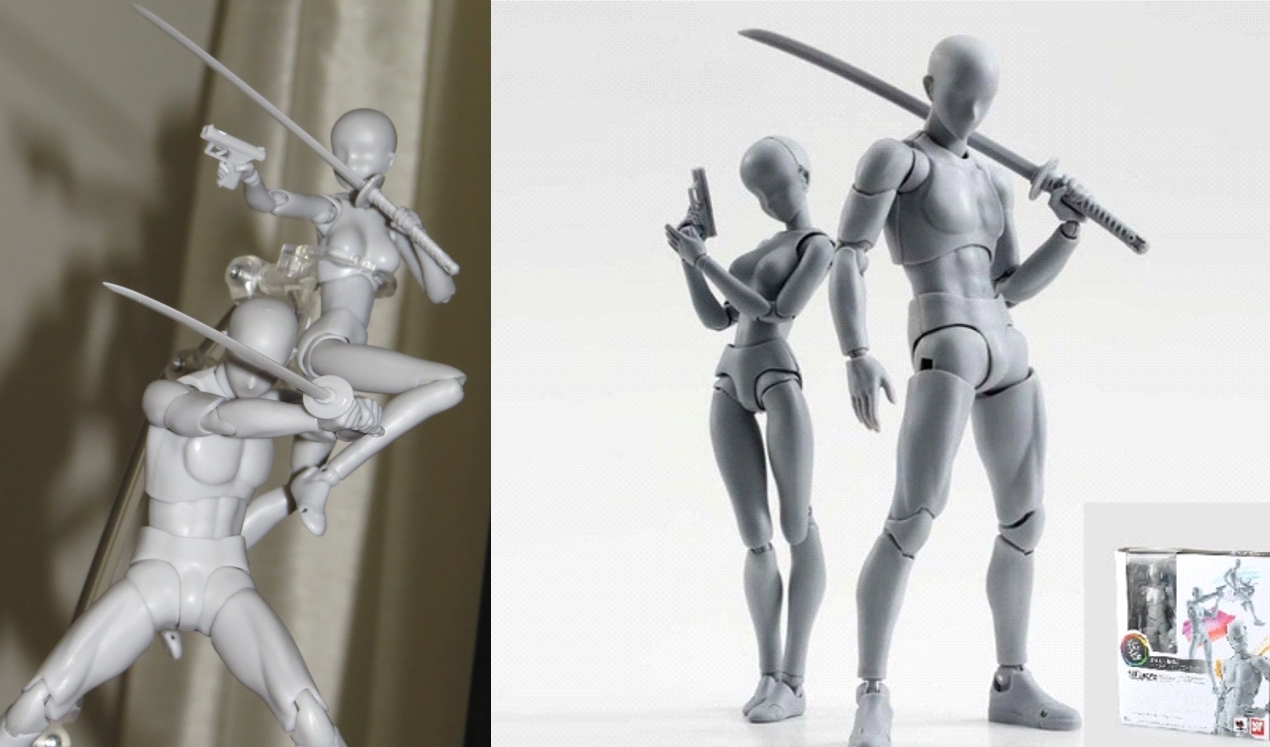
Nvidia Normal Map Filter: This powerful tool is for game developers and texture artists, allowing you to instantly convert a stock texture (wood, leaves, grass, or rocks for example) into a game ready normal map. The software is free, and can be accessed via Filter -> Nvidia -> NormalMapFilter. Link: https://developer.nvidia.com/nvidia-texture-tools-adobe-photoshop
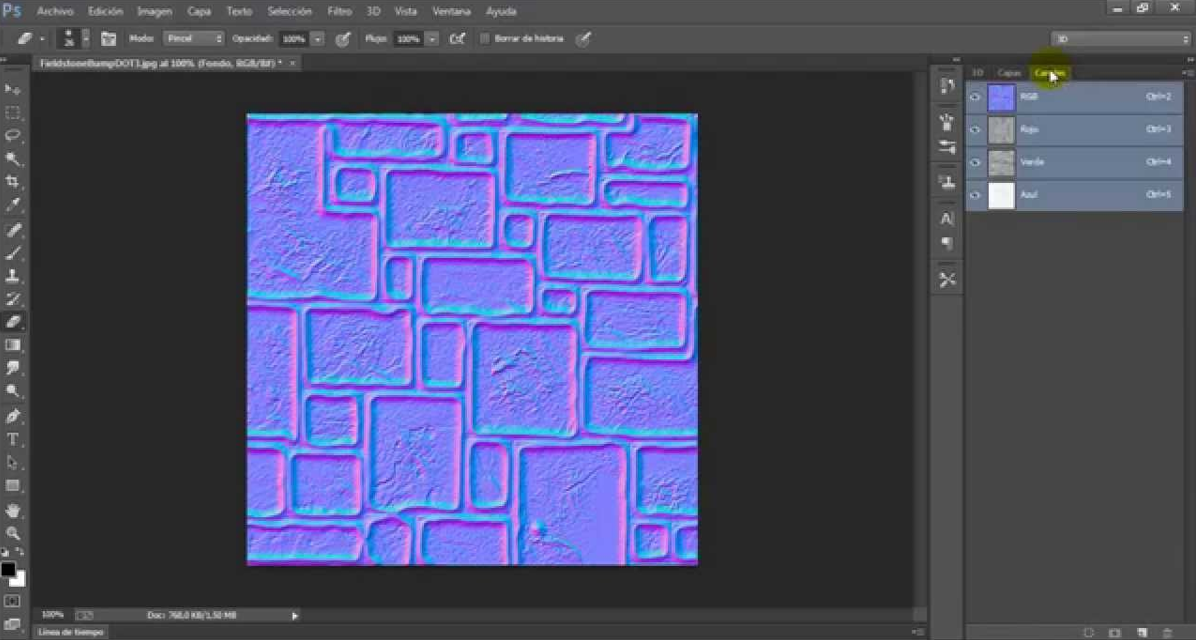
Topaz Simplify: Similar to the above, this powerful took takes any image and converts it into what looks like a traditional painting. This tool is solid for creating base paintings and base textures! While working on quick concepts you could easily create a mockup and apply the filter to create a good base for your painting. And using this in combination with the above plugin allows you to create both the texture & the normal Map for a 3D model. Link: http://www.topazlabs.com/simplify
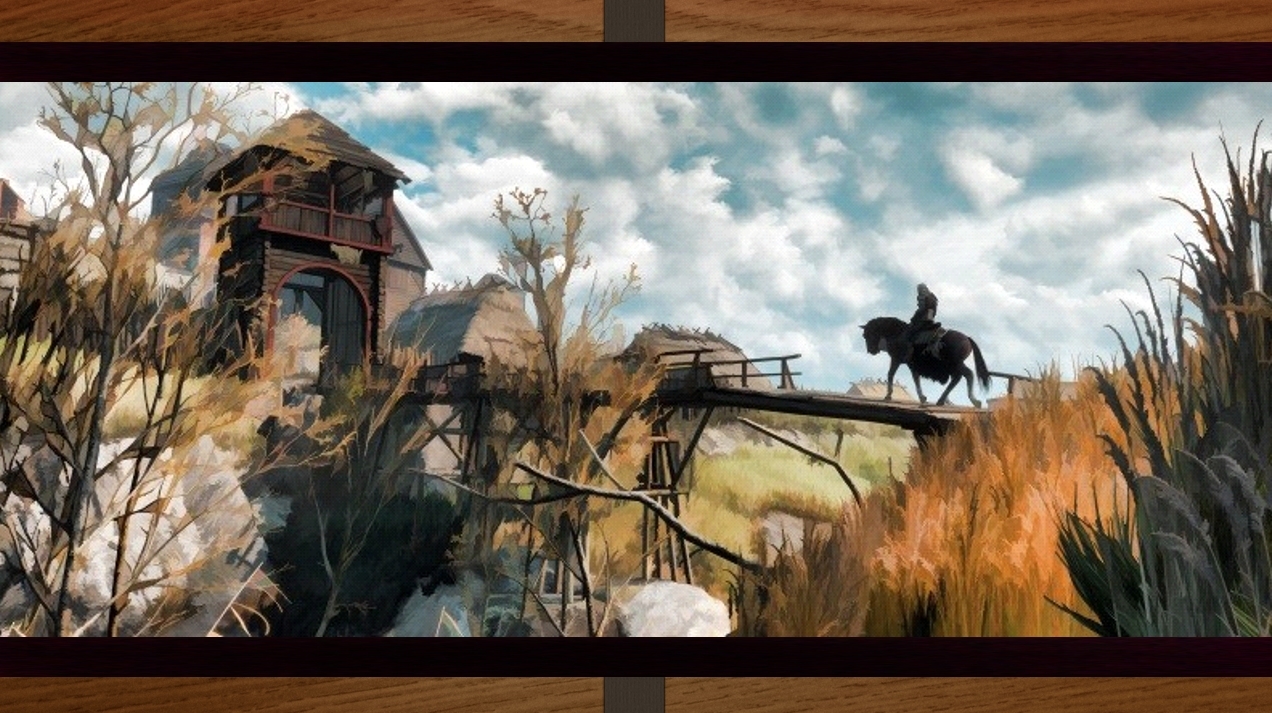
Filters in Photoshop: You can create your own 'instagram' filters within photoshop itself. Simply use the Adjustment Filters on the Adjustments tab (enable it in Window -> Adjustments if not visible) to add layered effects such as curves, color balance, selective color, exposure, viberance, hue and saturation etc. All these effects can be be edited or deleted at anytime in the layers panel. But what makes this powerful, is the ability to throw all your filters into their own individual folders and having one PSD file full of filters! These folders can then be dragged and dropped from one PSD window to another, to apply these post processing filters anywhere!
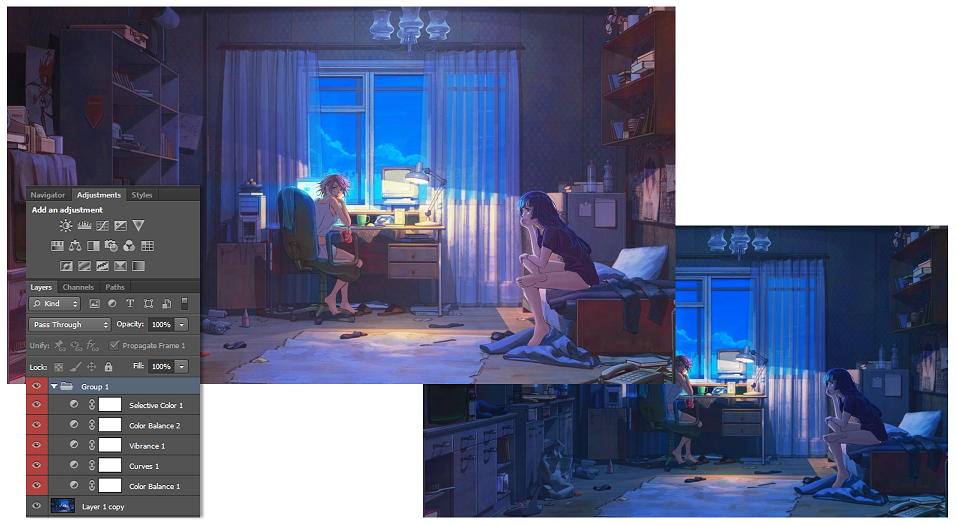
Be Creative: Often times I create a rough painting, but instead of remaining at my desktop, I add filters, effects and play around with the colors on my Phone using free software, and then pull it back into Photoshop. Be creative in how you work, there are plenty of tools and resources out there, from brush packs to free phone apps!
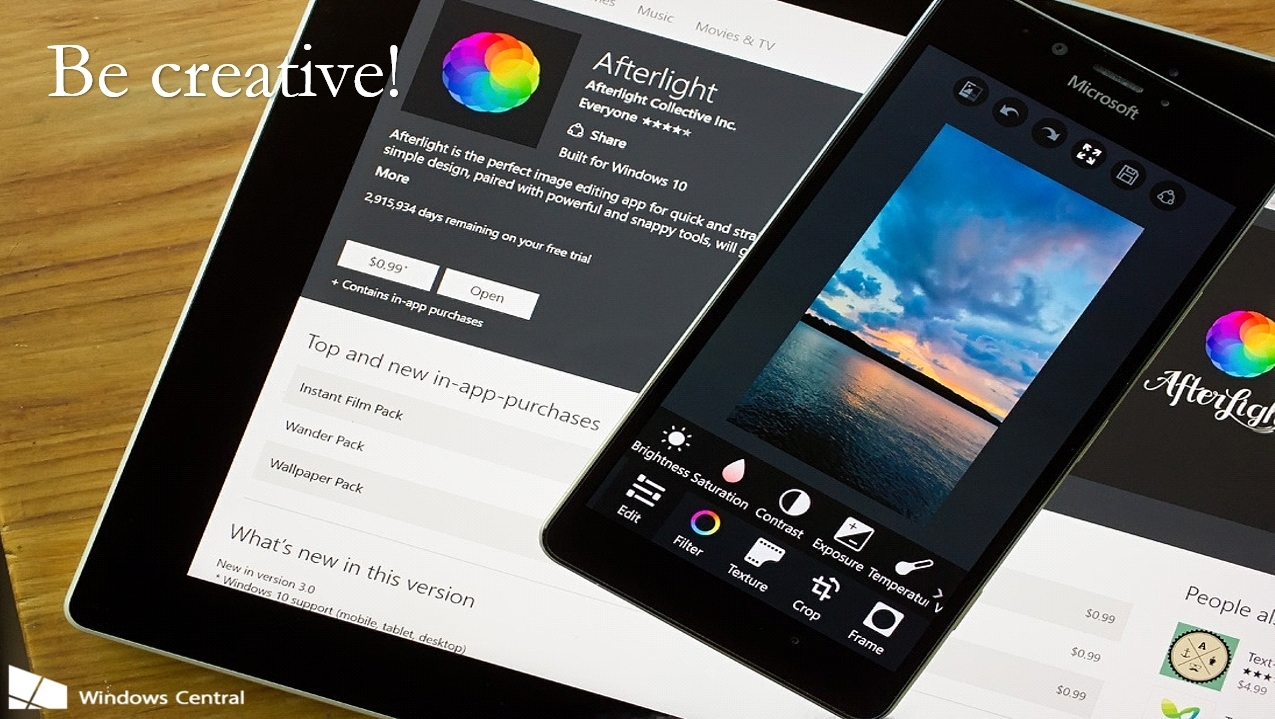
Conclusion:
As an end to wrapping up my top 5 tips, I just want to leave you with one last thought. Being an introvert, I absolutely do not do well at parties. So my first impulse is to look for the house pet, or the children with the crayons. And having been so caught up with details, and textures, and complex rendering I forget the value of simplicity. And kids have that, their drawings have a certain innocence to them, just like some of the comics you would see on tumblr.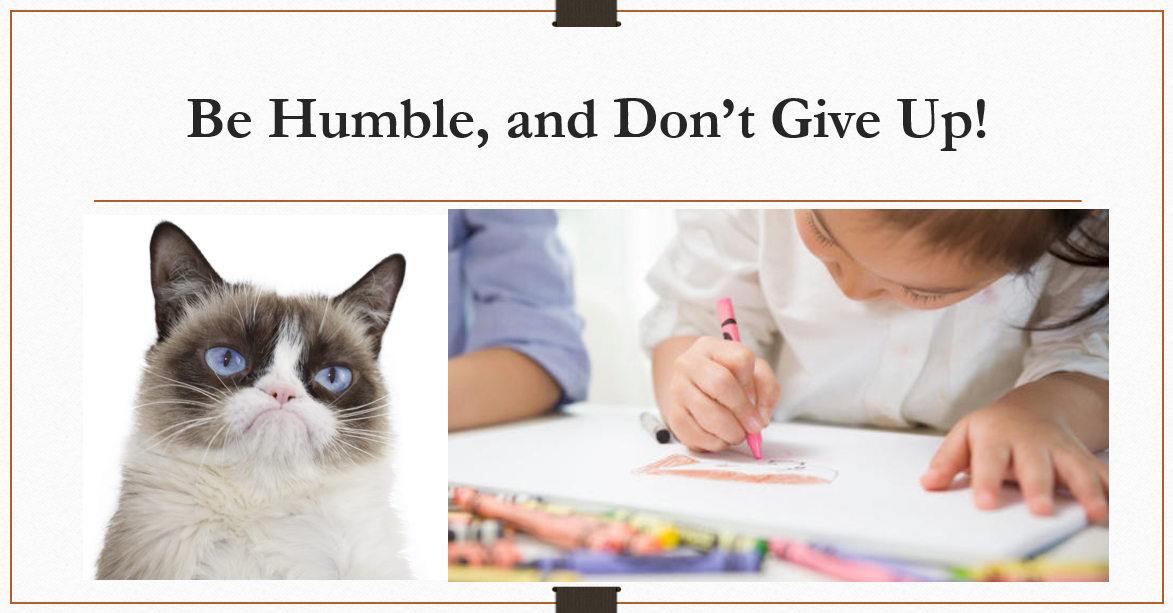
There's something to learn from everyone, even kids, even newbies, there's something in each of their works. Be humble, and learn to use self-depreciation, lack of motivation, and self-loathing as a means to inspire you and not to bring you down. The only thing that could bring you down is giving up, or believing that there's nothing more to learn, because there's always something to learn from everyone, and the world around you.
"I am still learning." — Michelangelo (age 87)
Disclaimer: The art and image resources used is the intellectual property of their respective artists and is used for educational purposes only, with an exception to "Soulmates (romantic)" (wip, Aaron Metallion © 2017). I am by no means fabricating ownership, or claiming to have created the resources in subject.
Read more about:
BlogsYou May Also Like